The Open-Air Museum of Old Japanese Farmhouses
Just north of Osaka City are a number of popular family-friendly parks and attractions. Easily the most popular of these is Banpaku Expo’70 Commemorative Park. However, another unique, but lesser-known attraction is the Open-Air Museum of Old Japanese Farmhouses. Founded in 1956, it exhibits actual Japanese farmhouses from various regions that were common just a few centuries ago.
The Open-Air Museum of Old Japanese Farmhouses
Once you get out of Ryokuchi Koen Station, Hattori Ryokuchi Park is just a few minutes away.
The museum is at the far end of the park, so you will need to walk and additional 10 minutes or so once you are inside the park. Hattori Ryokuchi is very pretty in the spring and it is a local favorite for picnics and hanami.
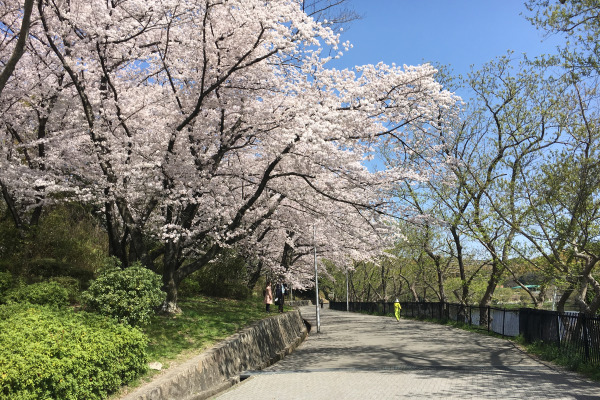

The entrance of the museum is in the park and you wont miss as there are guide boards everywhere in the park.
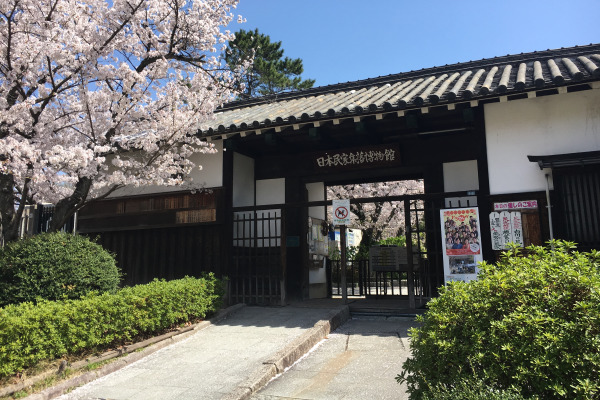
The Open-Air Museum of Old Japanese Farmhouses has 12 different farmhouses, all of which were actually once in use before being relocated. You may not realize it, but those old houses are very rare nowadays and are in fact very valuable.
While it is still pretty in the fall, the spring is certainly when the museum is the most attractive. Stop by in late-February to see the ume (plum) grove blooms, and then again in April when the museum grounds come alive with cherry blossoms.
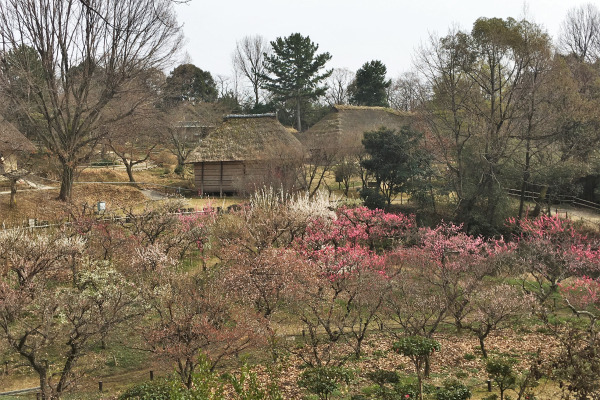
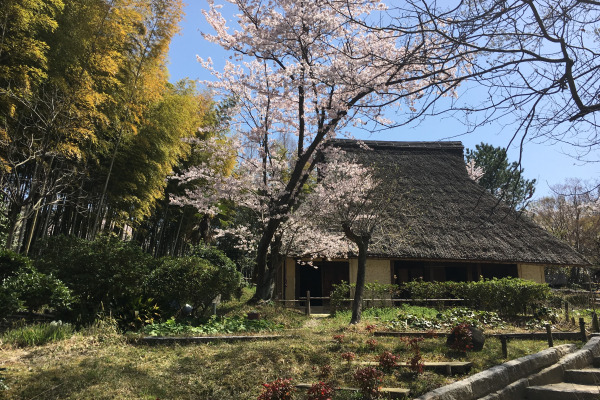
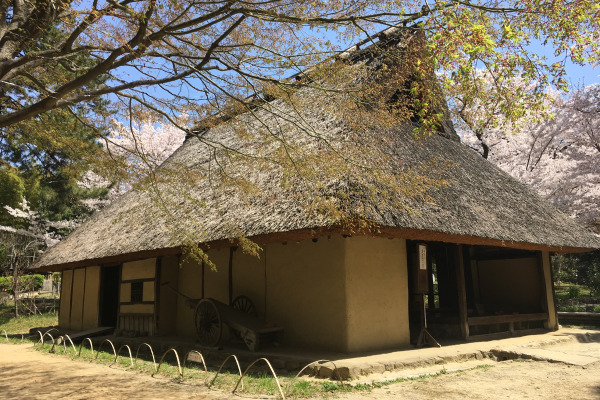
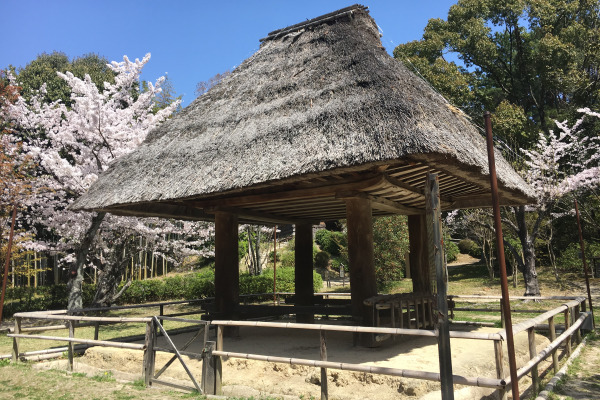
Gassho-zukuri House from Hida
As soon as you get in, look to your right and you will see one of the museum’s most famous farmhouses! It is the biggest farmhouse in the museum.
This farmhouse displays Gassho-zukuri, a special style of farmhouse particular to Shirakawa, which is now a World Heritage site. A gassho-style roof is a thatched roof with steep sides. People think the way the sides of the roof come together looks like two hands together in prayer.
Surprisingly, there are no nails on the roof. Instead, they use sticks and rope to tie the beams together.
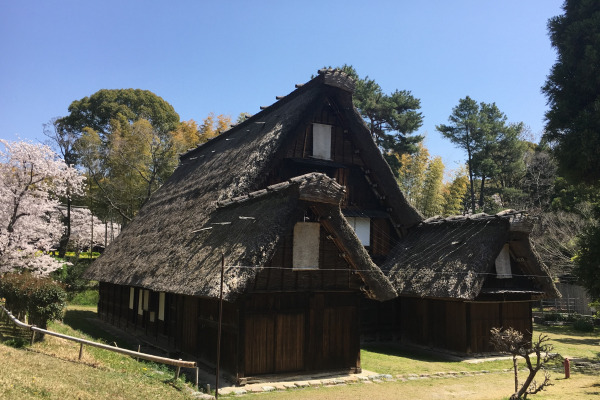
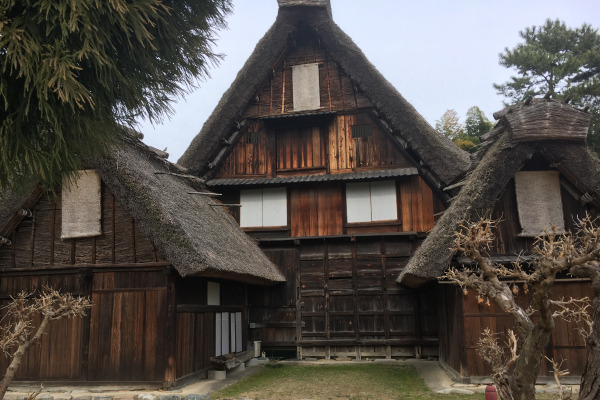

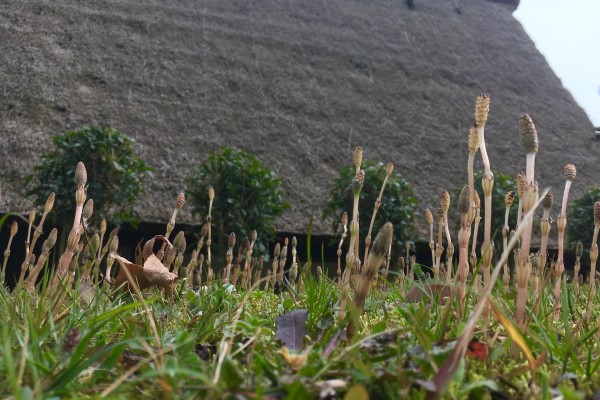
A House of Totsukawa Village
This 200-year-old house was originally from Totsukawa, one of the most remote areas in Kansai. It is in the middle of the Kii peninsula and it takes more than hours to get there by bus.
Though it is so remote, Totsukawa Onsen is really nice.
Totsukawa has an abundance of cedar trees, so naturally cedar makes up much of the house.
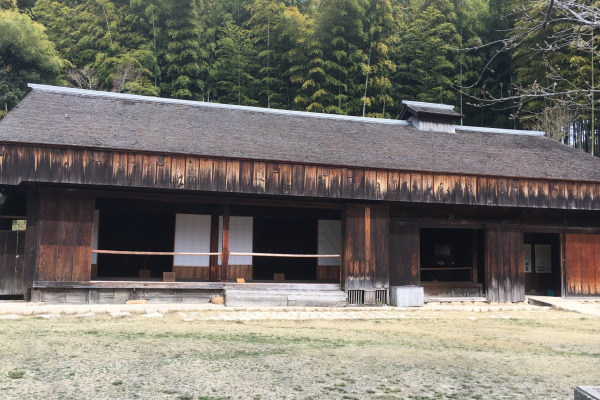
A house from Shiiba Village
Another interesting farmhouse is from Shiiba. Shiiba is known as one of the three remotest regions in Japan. Also, Shiiba has very unique culture such as Shiiba Kagura.

The first thing you will notice about this farmhouse is that it is very narrow and long, with windows only on one side. Houses in Shiiba are built like this because they are typically between a river and a mountain.
A house from Shinano Akiyama
Shinano Akiyama is the border between Niigata and Nagano Prefecture. It snows a lot in winter; easily 1m high.
Keeping out the cold is so crucial in these houses that the living space is connected to the barn. In doing so, the horses and other livestock could keep warm in the winter. With this in mind, you can better understand how cold it must be up there.
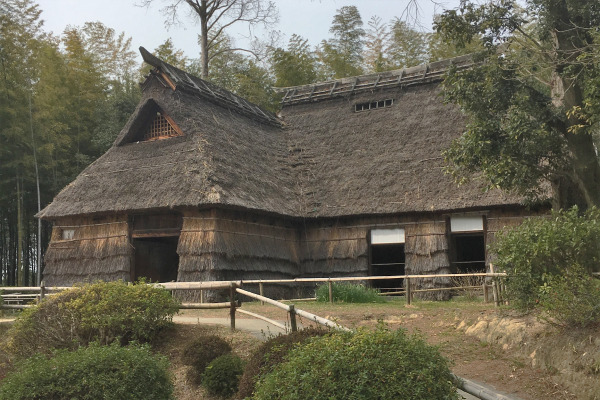


Leave a Reply